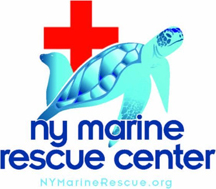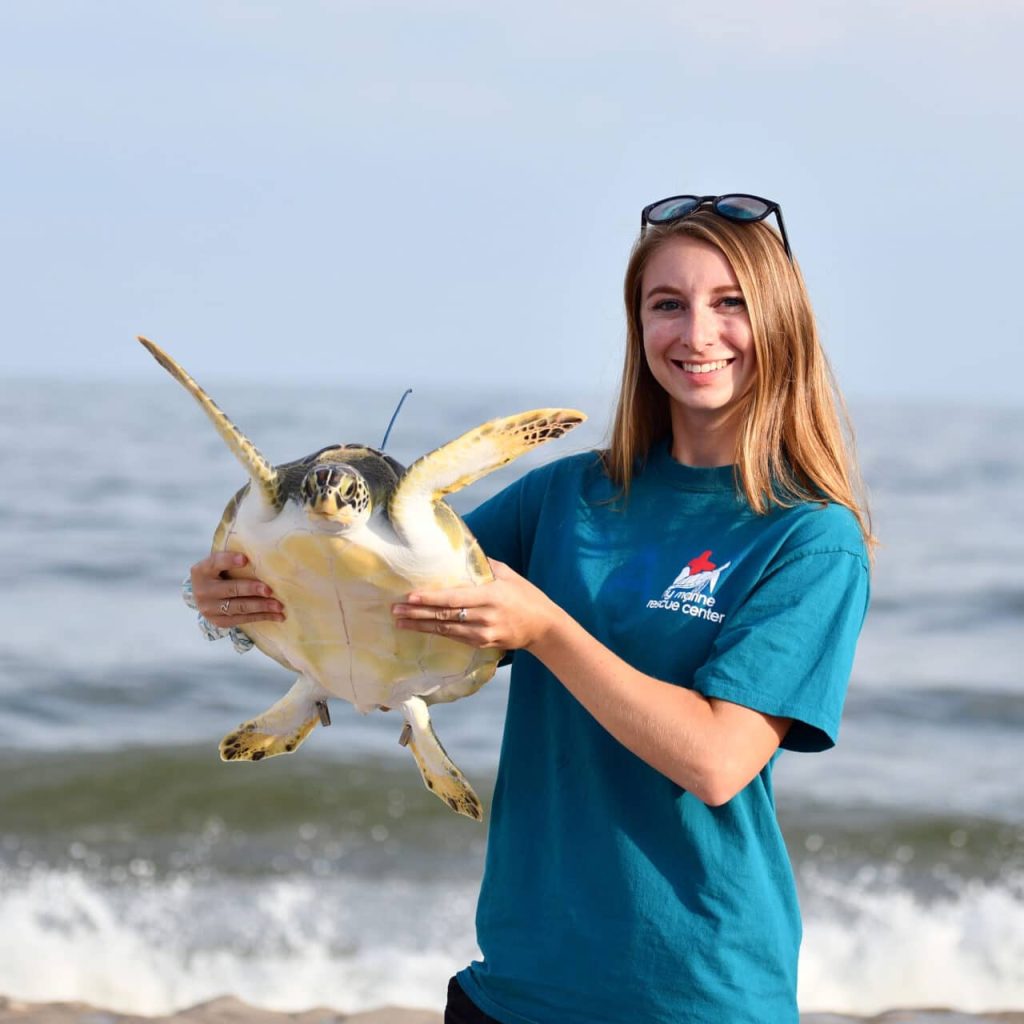by Hazel Anna Rogers for the Carl Kruse Blog
Night falls and it is not black, for we are scared of shadows, and so we illuminate the dark and make it more like day. Night falls, but we see the crests of the waves surrounding the city as though they themselves were bordered by thin lines of electricity. Of course, it is beautiful. Many things are beautiful. The sharp cut of a skyscraper piercing a stormy sky is beautiful, just as the dainty lilac head of a crocus pushing itself out of the moist spring earth is beautiful. But the beauty of an everlasting day has shrouded the beauty of our moon, for her light is too dim, her shine is too weak, and she cannot battle the brightness of the city.
Down in the quiet, down on the sea floor, away from the bustle of New York at the shoreline, the sand is illuminated by dappled beams. This is an ‘artificial skyglow’, a term coined by the University of Plymouth (UK). It is beautiful, down here, where the hum of the city has become distant, and the sand has turned blue and glimmering from the light. But this beauty should not be. This place should be black, black as night, save for the gentle gleam of the moon. We humans have learned that both day and night are light, and so we have learned to control our circadian rhythms, regardless of the glow of the streetlights outside our windows. But the animals down here are not like us. Only a hundred or so years ago, they relied on the moon to regulate their behaviors in reproduction, sleep, food, and protection from predators. The natural biological cycles of these animals have been disrupted, and such creatures as baby sea turtles, who once used the reflection of moonlight on the waves to guide them safely to the sea, have become confused and disoriented by the artificial lights of the city, often leading them to wander unknowingly into traffic, where their bodies can be found crushed at the side of the road.
It is not just the light. The old, wizened fishing boats, with their rusted frames and tired wooden bodies, have thrown countless nets out into the endless sea, and in their tight square stitching, innumerable marine animals have been captured, maimed, suffocated. The newer boats, those with fast-paced spinning motors at the rear, are responsible for the mutilation of seals, fish, and sea turtles. Many of these animals are starving, too, because we have such a hunger for the sea that we have emptied it of much of its bounty, thus destabilizing the existing order of marine life and leading to the near-eradication of numerous species due to starvation. And then, there is pollution. We have discussed light, for it too pollutes, but we are perhaps most familiar with the pollution that forms thick oily slicks over the surface of the water, creating a rainbow-like blanket that coats the lungs and body of any creature who ventures near it, leading to poisoning, damage to feathers, decreased ability to escape from predators, and even hypothermia. The rotting carcasses of fish on the shores of our estuaries and seas are filled with trash – bottle lids, chewing gum, cigarette butts, clothing tags. But the ocean is so very big, so very vast, that we can look out across a bay and call it clean, call it poetry, call it beauty, because we cannot see the horrors beneath.
We know that, often, with innovation comes destruction. The oil and gas that heats our homes and cooks our food comes from rigs that plunder beneath the ocean floor, eradicating entire habitats and species groups, but we cannot stop cooking our food, or heating our homes, for this is how we live, now. The lights that brighten our homes while we sit cozily on the sofa pierce up, up, up, through the night sky and into space, and down, down, down to the depths of the ocean, where they blind beasts, but we cannot stop lighting our homes, for this is how we live, now. Even our pleasure can be destructive. We go on holidays to beaches, and we leave little pieces of rubbish on the sand, which we forget about, and then claim upset and disgust when we see them sticking out from the throat of a seabird or caught up in a trash vortex swaying from shore to shore, but we will not stop going on holiday, or going to the beach, because the sea is joy, and pleasure, and relaxation. We drink and party at all hours at beach clubs, and the sound travels on the wind and makes animals confused, disoriented, unable to live how they used to, and so, if they cannot adapt, they die.
Some of these are things we cannot change, or that are difficult to change. People are innovating every day, changing our spending habits, our living habits, everything about us, but we have come to understand it to be normal, that a new phone might hit the market while the sea becomes increasingly sick, while forest fires prevail over various continents for months on end, while summers are becoming so hot that people cannot go outside, while snow is falling in mid-March in the UK, killing the animals that had come to believe it was spring. That’s just how it is, we say. But change is not impossible. It just often happens in quiet corners, in research facilities where scientists are grouped around a table, in bedrooms where people have reams of paper upon which they’ve penned out idea after idea. The New York Marine Rescue Center (NYMRC), formed in 1996, is the only formal non-profit group that rescues marine mammals and sea turtles in the state of New York. Over 3,900 animals have been rehabilitated and released as a result of their desire to turn a page on the destruction of our oceans. NYMRC are making real, palpable changes to life beneath the waves, and are teaching others to do the same. But this is a long game. Change is a difficult thing to stomach, as we well know, considering a grand 64% of us give up on our New Years’ Resolutions within a month. Change takes time, effort, patience, dedication, and an animal saved by NYMRC is not a sudden miracle. It must be followed up on for years after using tracking devices (such as satellite tags, radio tags, and flipper tags) in order to obtain data to help preserve future generations of its species and to protect its marine environment through conservation work.

It is also not the case that each animal saved follows the same process or rehabilitation and release followed by ongoing tracking. NYMRC suggests a comparison between each animal they take in and each human that goes to the doctor; we would surely not receive the same care for a concussion as for cancer, just as an animal that has a parasitic infection would not be treated the same as one with a deep gash in its side as a result of a collision with a ship or sea vessel. NYMRC pursue each report with a team of interns/volunteers and biologists, who must then carry out a field assessment in order to establish the care that an animal may or may not need (say, a report for a stranded animal may simply be a seal come up to shore to rest, in which case, they’ll check on him periodically until he’s happy to return to the tide).
If an animal does end up needing further care, the team will conduct a set of preliminary assessments at NYMRC’s in-house lab. These assessments include physical examinations (like size and weight measurements which are compared to see if they fit the healthy range for their species), temperature, heart rate, radiographs to observe their lungs, and blood work to check for health concerns (such as dehydration and disease) so the team can determine what the specific diagnoses for the animal might be.
Once a plan of action has been put in place for the particular animal, NYMRC’s team of volunteer veterinarians alongside other helpers with get the animal back to health as quickly as they can. But quick, in rehabilitation terms, is long. NYMRC suggests that ‘the average seal spends eight weeks in rehabilitation, and the average sea turtle spends 242 days’. A turtle will spend, then, will spend nearly three-quarters of a year in rehab until its release, which, even then, is not always possible. If the rehabilitation efforts have been successful, however, then the National Oceanic and Atmospheric Administration (NOAA) Fisheries will approve the animals’ release, most often near to Tiana Beach in Hampton Bays, New York, and occasionally, in the case of seals, to Shinnecock Bay. The event of these animals’ release is a cause for celebration, for the beauty of life and the power of change, and NYMRC regularly invites the public to come and watch their rehabilitated animals find their way back into the waves (you can find out the dates of the releases by signing up to NYMRC’s mailing list).
The release of a seal, or a sea turtle, might seem trivial , if you have no interest in animals or sea life, which may well be the case. But sea turtles, for example, are known as a ‘keystone species’; if a ‘keystone species’ is removed from its environment, then the natural order of said environment is disrupted, impacting all the flora and fauna in the vicinity, which in turn has an impact on humans. Sea turtles help to regulate the numbers of jellyfish in the ocean, and certain varieties of turtles eat sea sponges on reefs which can often overgrow, causing other reefs vegetation to perish. Green turtles eat seagrass which helps to keep the crop healthy. Seagrass is a type of sea flora which has a brilliant capacity to store large amounts of carbon within it, thus resulting in less being released into our atmosphere and causing climate change. Even the eggshells of sea turtles, which are left beneath the sand one beaches once the hatchlings have left, help to provide nutrients for beach vegetation which in turn helps with dune stabilisation thus diminishing coastal erosion, which can be a huge issue for beachside communities. These animals are vital not only for other animals, but for our future on this planet.

NYMRC are committed to change, and not simply through rehabilitation and release efforts, but through educating about how we can pre-empt the wounding and stranding of animals by changing our own habits, and taking up new ones, such as bean clean-ups, or by learning about the effects of events such as oil spills on the water quality of the marine environment and demanding change be paramount in the future of existing polluting industries. NYMRC welcomes donations for their cause, and even offer the possibility of remote adoption of an animal in their care. Even if you feel detached from their efforts geographically, you can contribute to their efforts to protect our seas for future generations.
The thing is, all of this is kind of our fault. We have been taught by our capitalistically motivated governments and companies that greed is the way; we must have more than our neighbor – more food, more money, more holidays, more of everything – because this is the meaning of success. And the greedier we get, the poorer our world becomes of resources, habitats, and life. Of course, when I say that it is our fault that these animals are dying off in their hundreds year upon year, I mean it not necessarily to instill guilt; it is the monopoly of companies such as Amazon, Shell, and Apple that are causing the destruction of our planet, but we must not consider ourselves to be innocent parties either. Perhaps we could reframe our ways of living, and our measures of success, so that we learn to take less, buy less, use less, and maybe, then, a little less plastic will be tossed out into waves, and a few more animals will go safely on their way. Change is a dauntingly arduous and lengthy game, but organizations like NYMRC teach us that change is indeed possible, and that we can save this little planet of ours yet.
If you live in the New York area and happen upon what you believe to be a stranded marine animal or sea turtle, call up NYMRC’s STRANDING HOTLINE at (631) 369-9829, and follow their guidance on the Response and Rescue page at What We Do | NY Marine Rescue Center.
=============
The Carl Kruse Non-profits Blog is at https://carlkruse.org
Contact: carl AT carlkruse DOT com
Other articles by Hazel include Tempelhofer Feld, Anti-vaxxers, and What I have Learned About Running.
You can also find Carl Kruse over on Tumblr.
